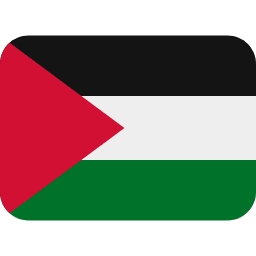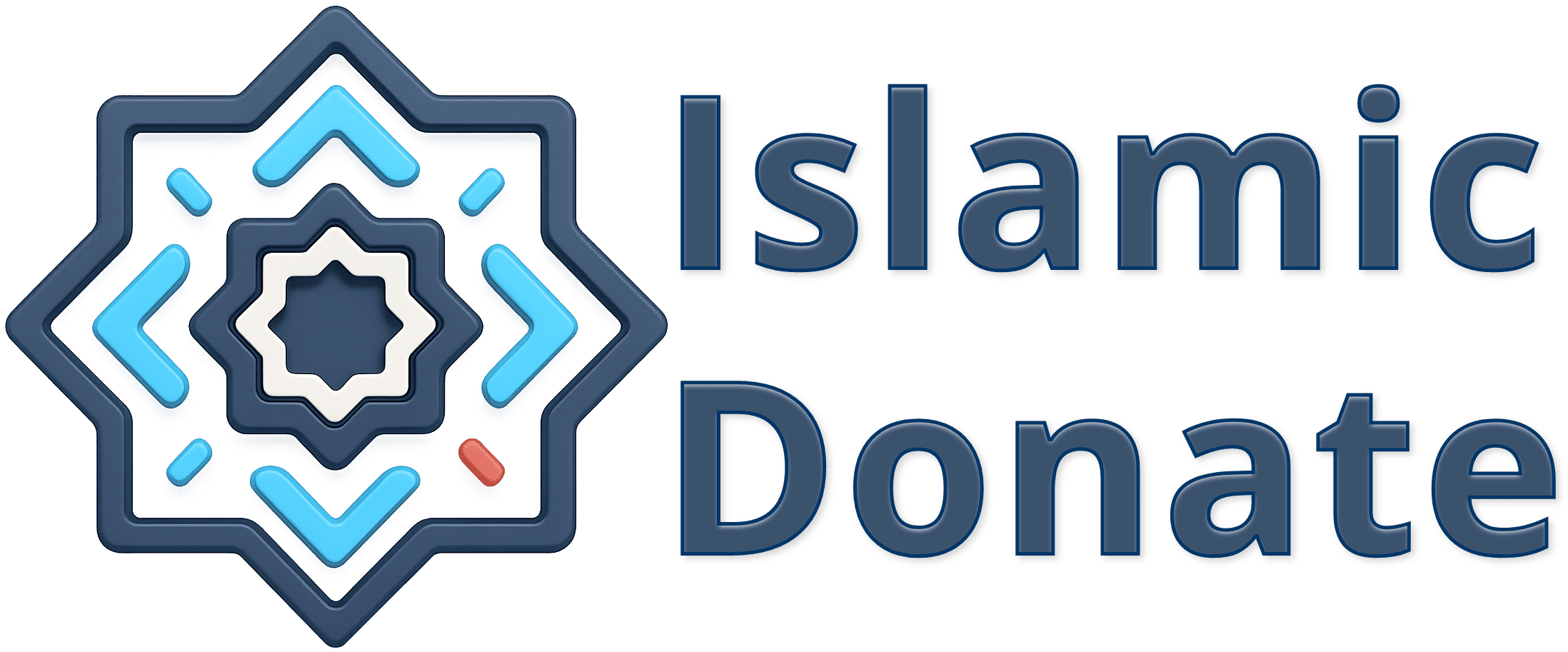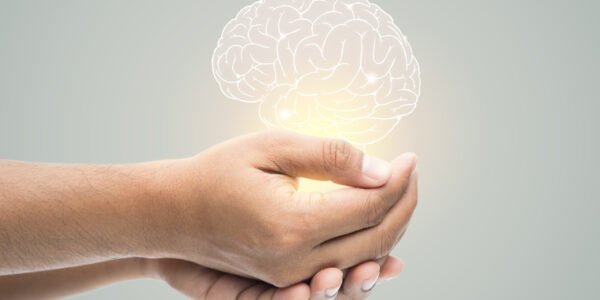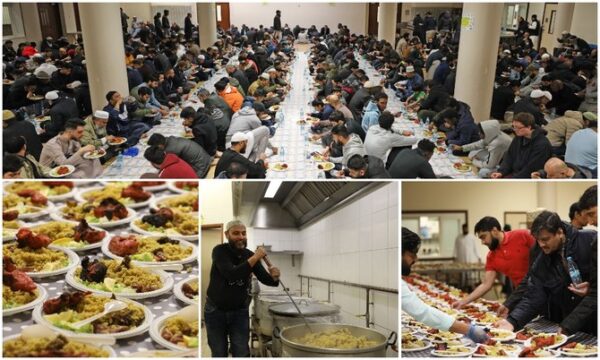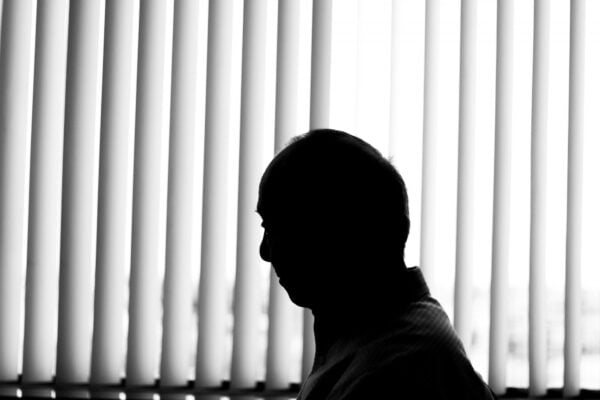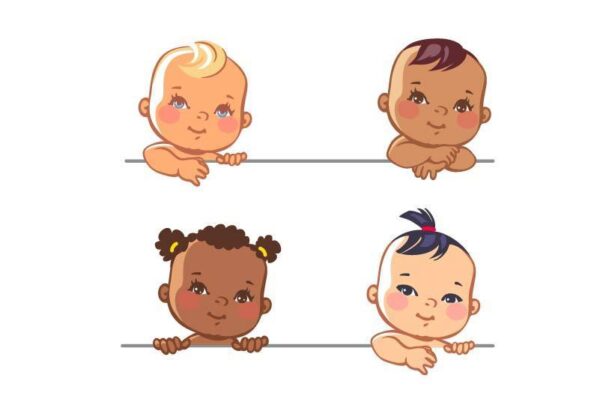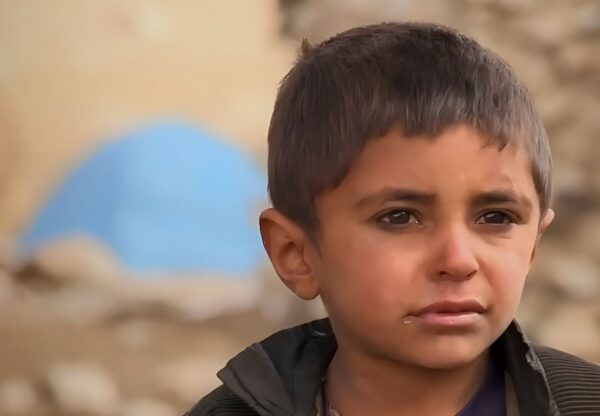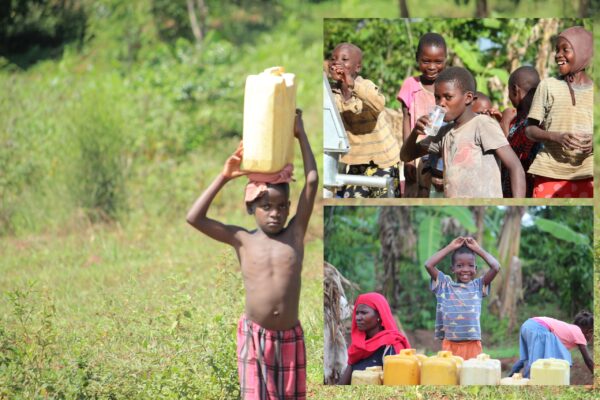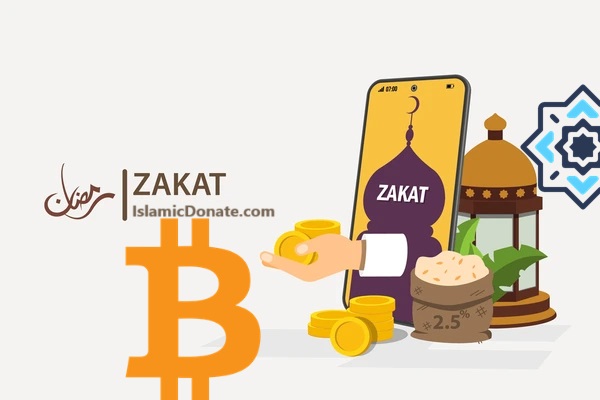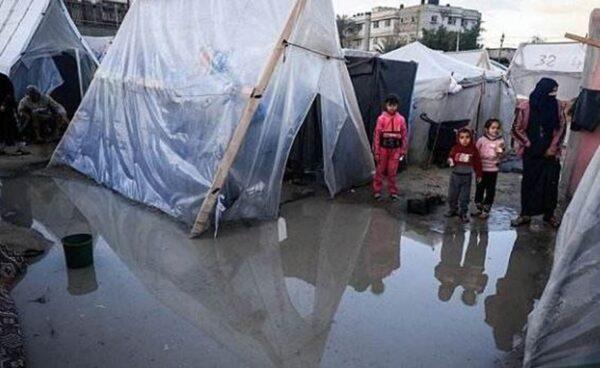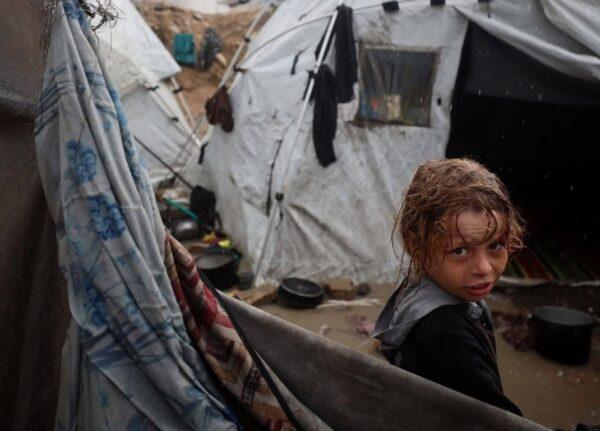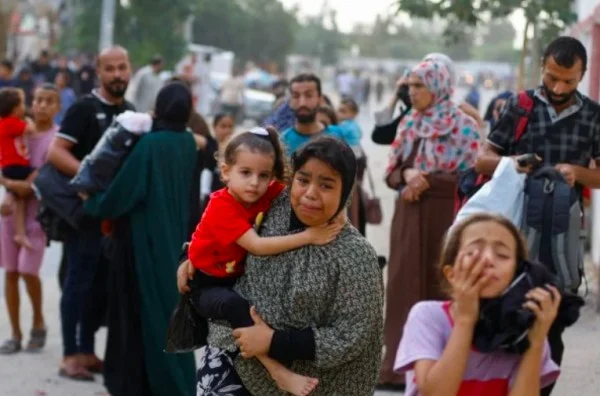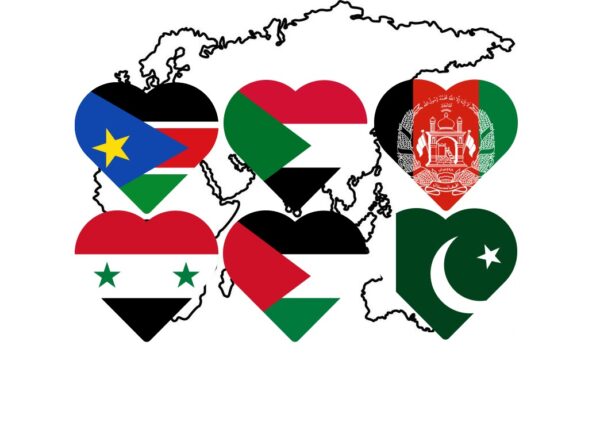In the broad spectrum of human health, mental and emotional wellbeing often doesn’t receive the attention it deserves. As our understanding of health evolves, we are becoming increasingly aware of the significance of mental health, especially for the vulnerable among us. This population, already dealing with physical adversities, often bears the unseen burden of psychological injuries. It’s high time we recognize this pressing issue and work to provide the necessary support through regular programs and therapeutic interventions.
Mental Health: An Unseen Priority
Mental health is as vital as physical health, yet it’s often overlooked. The mind is a complex web of thoughts, emotions, and perceptions, shaping our reality and guiding our actions. When mental health is compromised, it can lead to debilitating conditions, including depression, anxiety, and post-traumatic stress disorder (PTSD), among others. These conditions often go undetected and untreated, particularly among vulnerable individuals who may not have access to appropriate mental health resources.
The Impact on Vulnerable Individuals
Vulnerable people, such as the homeless, the impoverished, victims of domestic abuse, and refugees, are at a higher risk of developing mental health issues. They frequently encounter physically taxing situations that also leave psychological scars. The stressors these individuals face – such as violence, discrimination, and extreme poverty – are breeding grounds for mental health issues.
Their struggles aren’t limited to their circumstances; the stigma surrounding mental health adds another layer of difficulty. It hinders them from seeking help, leading to an alarming increase in untreated mental health conditions.
The Need for Regular Mental Health Programs
To combat this escalating crisis, regular mental health programs are critical. These initiatives should be designed to cater to the unique needs of vulnerable groups. These programs can offer psychoeducation, teaching individuals about mental health, the signs of mental distress, and ways to seek help.
Additionally, these programs should provide resources for therapy and counseling. Cognitive-behavioral therapy (CBT), dialectical behavior therapy (DBT), and other therapeutic approaches can help individuals manage their mental health issues effectively.
The Power of Psychoanalysis and Psychological Sessions
Psychoanalysis and psychological sessions offer a safe space for individuals to explore their inner world. They allow individuals to uncover the root of their mental discomfort and provide them with tools to navigate their mental landscape.
Psychoanalysis helps unravel the complex emotions and repressed memories that may contribute to mental health issues. By understanding these underlying issues, individuals can work through their mental health problems, fostering healing and recovery.
On the other hand, regular psychological sessions provide a supportive environment where individuals can express their feelings without judgment. They can learn coping mechanisms, resilience strategies, and ways to maintain their mental wellbeing.
In a world where physical health often overshadows mental wellbeing, it’s essential to remember that the two are not mutually exclusive. Our mental health influences our physical health and vice versa. For vulnerable individuals, this interplay becomes even more critical.
By providing regular mental health programs and access to psychoanalysis and psychological sessions, we can help alleviate the psychological injuries that these individuals carry and equip them with the tools to improve their mental health. In doing so, we don’t just help them survive – we empower them to thrive.
